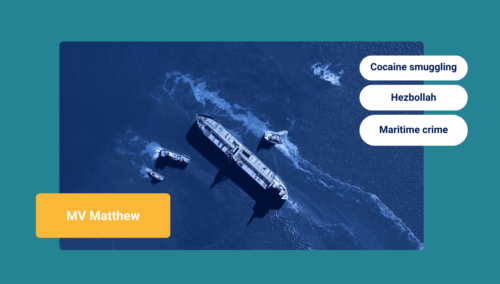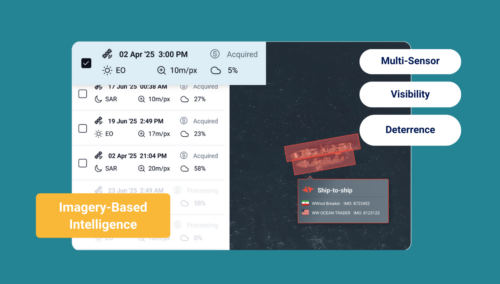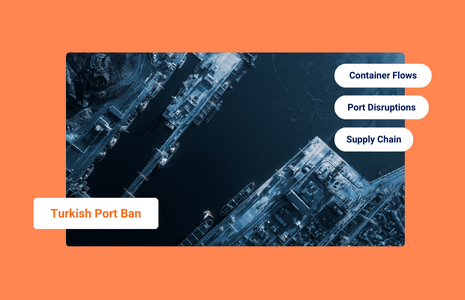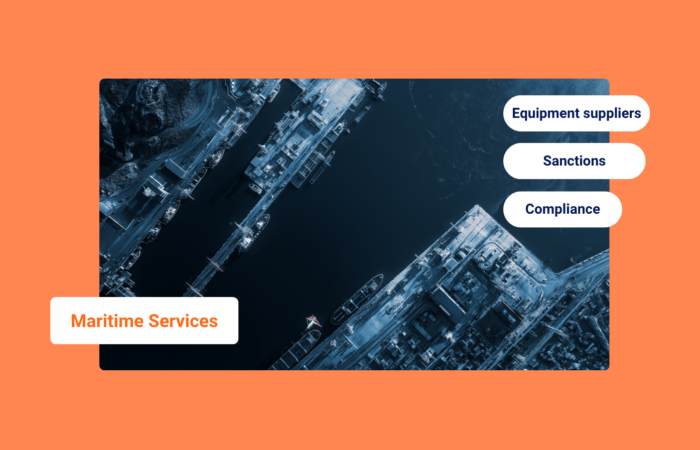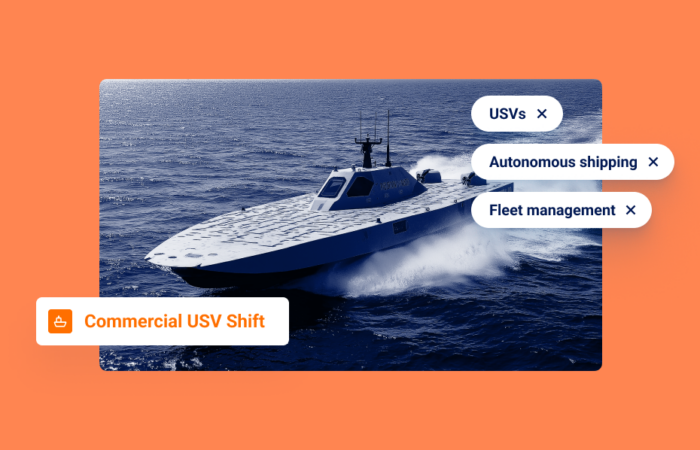Driving Maritime Cost Savings & Growth with APIs

What’s inside?
Christmas just passed, but who doesn’t like the promise of future gifts?
A recent study by a leading developer of cloud API technologies, Kong Inc., in collaboration with an economist from Brown University, was carried out on the expanding macroeconomic influence of APIs and associated technologies. It revealed that the global economic impact of APIs is expected to increase from $10.9 trillion to $14.2 trillion over the next four years, and that the total value of APIs to artificial intelligence-related growth will reach $5.4 trillion in 2027, up 76% from 2023 estimates.
“What impressed us…was the sheer value of APIs as an economic catalyst,” said Brown University associate professor Dr. Christopher Whaley, Ph.D. “They are the digital accelerators to our interconnected world, in which data and services flow freely, clearing the path for innovation and technology-led growth.”
With savings and efficiencies easily accessible using APIs, stakeholders in maritime and logistics ecosystems are already implementing shipping and logistics APIs with robust, AI-driven and actionable data. That data can speed up decision-making processes, assist with effective risk management, effectively track vessels and freight, and reduce costs.
Saving Time and Reducing Costs
Clicking “alt-tab” or “command-tab” is a time consuming and often confusing reality of our connected world. It’s a symptom of our need to simultaneously consume large amounts of data and analyze it properly.
Toggling between screens to gain insights, while trying to run day-to-day operations, is a clumsy time-suck that can be easily eliminated by introducing API technology to your existing systems. Maritime APIs serve as software intermediaries within your existing systems or transportation management systems (TMS) that enable applications to talk to each other, allowing your organization to possess a holistic picture and easily share data from various sources.
At any given moment during the maritime workflow, several things will be occurring externally and internally at the same time, while a stressful deadline looms.
Examples: in a bunkering scenario, you have to decide within minutes whether to provide service to a particular vessel without inadvertently violating sanctions; or tracking your ocean container shipments, from departure to arrival, through their entire journey, while integrating actionable insights into your existing systems via a vessel tracking API.
In these complex scenarios, toggling can waste precious minutes and be costly, if a wrong decision results in a fine or a late arrival, or other forms of financial and reputational harm.
One Picture on One Screen
APIs integrate AI-based maritime and/or supply chain insights directly into your organization’s existing workflows and screens, providing you with a complete picture on a single screen. They create a unified, enhanced, and seamless process, without requiring any changes to existing systems.
All your data and AI insights are simultaneously available in view so you can get immediate real-time updates on, for example, shipment ETA, live location, predictive risk of delay, and location-based notifications on departures and arrivals, AI insights, and more.
You can benefit from advanced API technology without needing to interrupt your ongoing operations. It’s an intuitive and flexible way to seamlessly integrate a layer of unique, AI-driven insights, behavioral data sets, risk recommendations, and automatic real-time push notifications into your organization’s existing screens to enhance internal platforms, workflows, and third-party applications.

Using APIs to Create Cost Savings
Organizations worldwide are already using maritime APIs to increase efficiency and reduce costs. In one example, a leading energy company integrated customized compliance risk scores into their IT platform. In another, a digital freight solution provider enhanced its platform by providing visibility and predictability of shipments to all their users.
By selecting the most relevant maritime API, vessel API, or dataset, you can create your own customized bundle of insights, mixing and matching APIs to your specific risk profile and business needs. It’s easy to select relevant insights related to areas of interest, vessel behavior, maritime and non-maritime companies, and shipment risk levels.
In the area of ocean freight visibility (OFV), for example, you can use ocean freight, carrier data, prediction and full shipment data, dynamic map and vessel ETA APIs to easily track your ocean container shipment throughout its journey and customize automatic push notifications regarding any changes to shipments. This can help mitigate or prevent detention and demurrage costs.
APIs for compliance risk insights, company screening, IUU fishing and forced labor, risk by regime, and more, can help with due diligence and compliance.
You can make your existing due diligence and investigation processes more efficient, saving time and resources, and making quicker decisions. One energy major integrated a company screening API that provided a 75% reduction in false positives. It added compliance risk scores into their shipping and trading IT platform to receive daily risk scores for sanctions compliance and screening vessels being offered by brokers.
APIs offer valuable behavioral insights, allowing you to quickly identify new business opportunities and targets. This includes risk scores, vessel activities in predefined areas, vessel of interest activities, vessel fuel consumption, etc. You can deliver vessel activities straight to your internal IT workflows, sliced by timeline or polygon, customized according to your needs.
One leading marine insurer’s actuaries, who used behavioral analytics, were able to seamlessly enhance pricing to the underwriters, contributing to a doubling of their book of business and increasing profitability by 5%.
